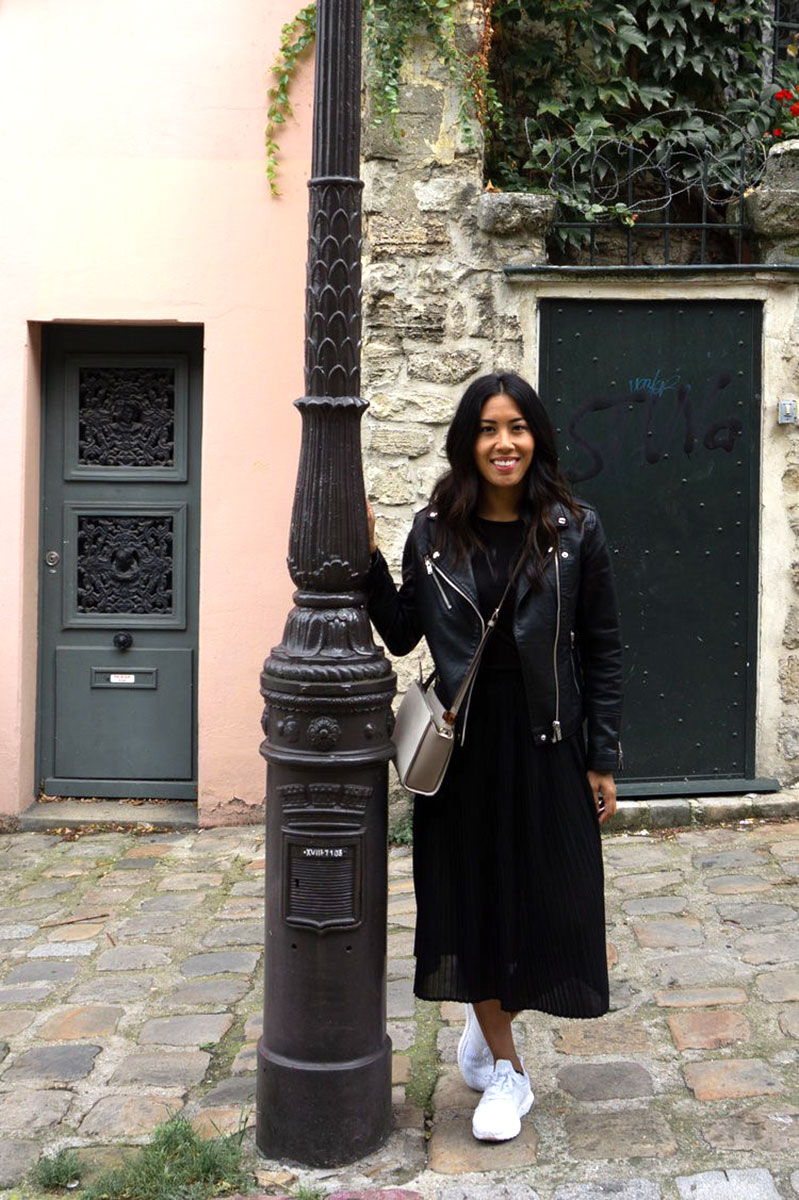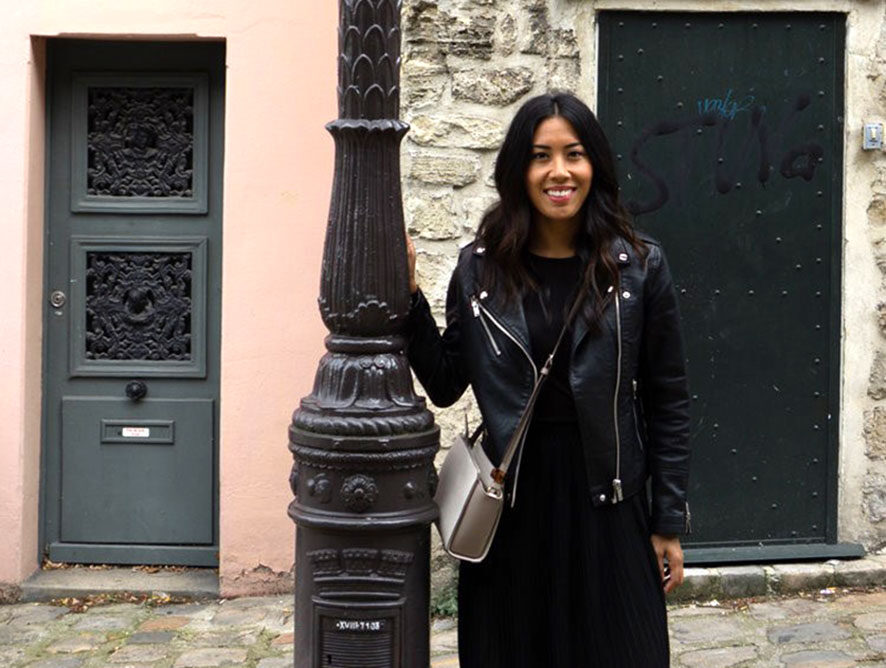
This month, I was delighted to speak with Cassie Parco. Cassie and I first met in Washington, DC when I was vacationing with my cousins. She is brilliant, beautiful, and I have never seen someone with a more creative social media. Naturally, these qualities are what make her a great UX Designer. I hope you enjoy my interview with Cassie Parco below!
1. Could you tell me about yourself?
I’m Cassie and a User Experience (UX) Designer for a health insurance company in Phoenix, Arizona. Prior to UX, I had a pretty extensive background in public health – I got my Masters of Public Health in Philadelphia then moved to Washington, DC for work. Outside of UX, I love cooking/baking, spending time with my family, being outdoors, and traveling (I do miss it!).
2. How did you get into the field?
In all honesty, UX fell into my lap! I was at a point in my career where I was trying to decide what my next step was, and I knew that I wanted to incorporate my creative side into a profession. I had received an email about an introductory UX workshop and figured, why not? I remember coming out of the workshop thinking it was a sign and saying, “Maybe this is it!”, so I delved into everything UX. I had informational meetings with UX designers, took intro UX courses, and watched tutorial videos. After months of research, I decided to completely make the switch and took an online UX bootcamp for about 6 months before I landed my first UX position.
3. Tell me about the projects you’re most proud of and why. What was your role?
Last summer, I re-designed an existing microsite for a client. I worked with the stakeholders to understand the needs of the project and how the users will interact with the website. It was my first real project I was assigned to—aside from projects outside of my UX bootcamp program—so I was both nervous and excited. The UX process can be challenging because you’re working with a lot of moving parts and different perspectives, and as a UX designer you’re trying to advocate for your users. It took about a month for me to design the site before it was handed off to the developers. I actually gave birth right after I was finishing up the site, so I didn’t get to see the final product until after I came back from maternity leave. I remember the moment I saw the site up and running. It was a proud moment knowing that I was the designer behind the scenes!
4. Where do you find inspiration?
I gather inspiration from various mediums. Social media, Dribble, Behance, and other UX designers’ work. UX is so broad – nowadays, you can find a UX position in almost every field. Almost every UX designer that I’ve met, in person or virtually, has given me a different story of their design process. I love reading through other designers’ portfolios and seeing the work that they’ve done. I also like talking to people from other professions/backgrounds who can give different perspectives and insights.
What’s fascinating is that UX is everywhere. We are all users of different products (an app on our phone, the coffee maker, the ATM machine). For me, a great UX experience is when you interact with a product that you don’t have to think about too much – it’s almost intuitive and seamless. When you come across a “bad” experience or product, you begin to dissect how your experience could be better. As a UX designer, you want to design a product that gives your user that seamless experience. It goes beyond making a page look nice and organized. The next time you come across an app or website where you have a negative experience, think about how you can make it better!
5. What advice would you give to Filipinx youth who are interested in a career in UX design?
A UX designer’s role has been around for so long but I think the actual UX title is an emerging and evolving position. Companies are starting to see the value in UX designers, so if you really want to consider it as a profession, I would highly suggest getting your feet wet in any way that you can. Since the pandemic, most of the UX events I wanted to attend in person switched virtually, so I would definitely take advantage of attending these events. Also, don’t be afraid to reach out to other UX designers and get a feel for what they do day to day. I’ve found that most of the designers I’ve reached out to were willing to take 20-30 minutes out of their day to share their experiences.
I know that if I was younger and told my parents I wanted to be a UX Designer, I wouldn’t receive as much support compared to if I told them I wanted to be a nurse or doctor because “it’s not a stable or practical job”. It might be a hard buy in from your parents and family when you tell them you want to be a UX designer, but I think if you believe in yourself and put in the work, the end result can be positive.
6. Do you have anything additional you’d like to say?
I’m happy to share more about my experience with future UX Designers out there! Feel free to reach out! You can view my portfolio at www.cassieparco.com


